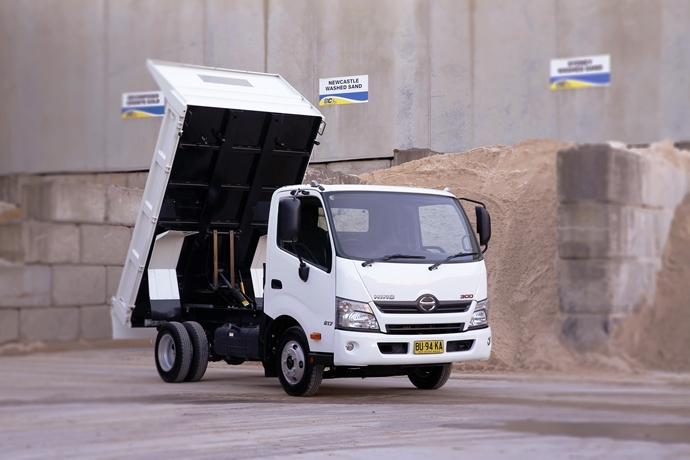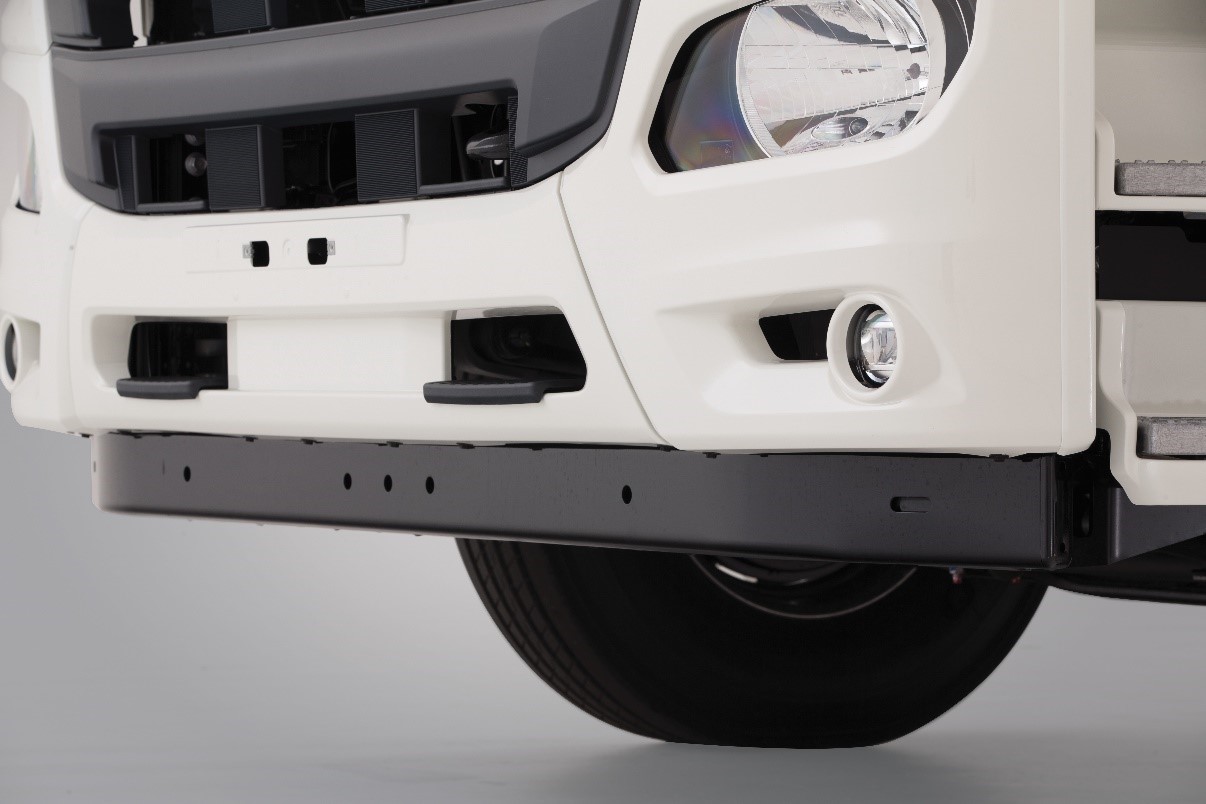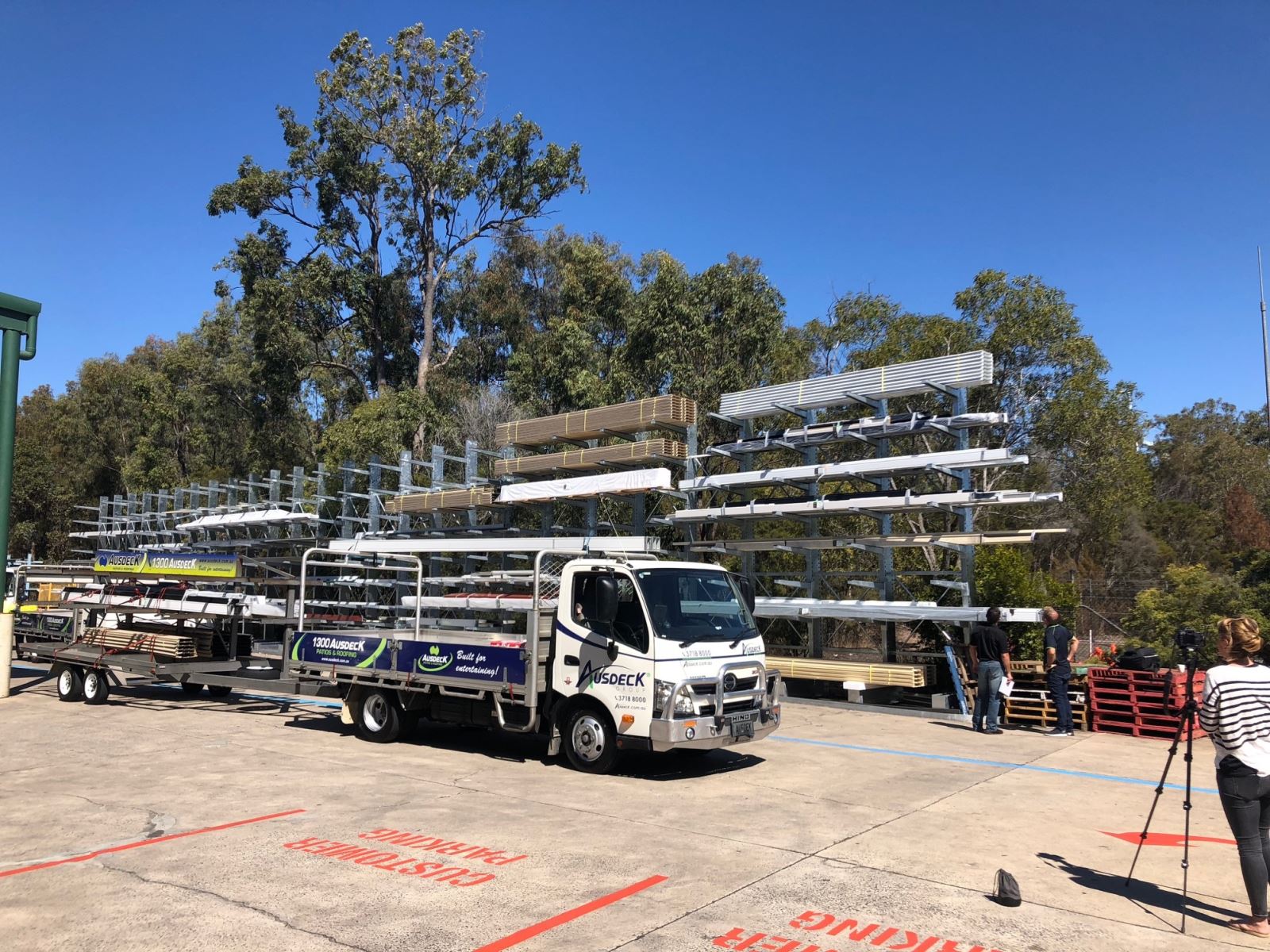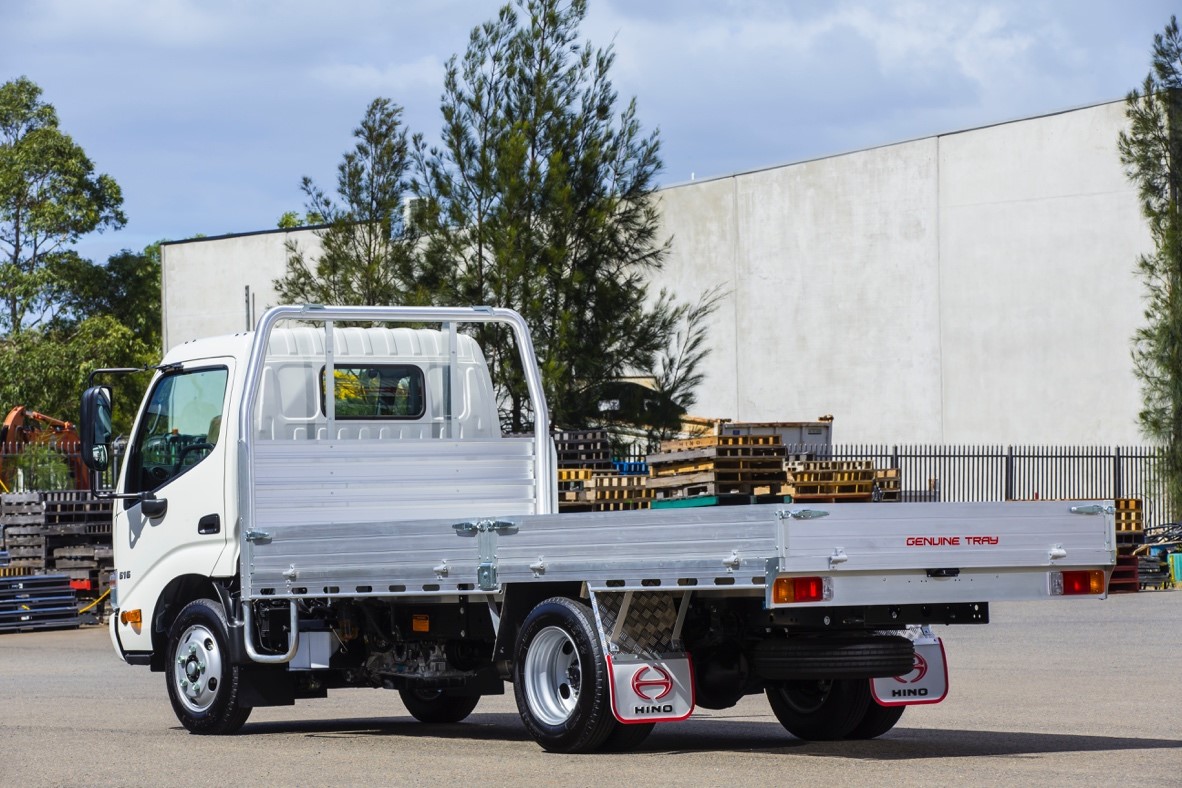
Trucking terminology can be complex and, at times, even baffling. Whether you’re looking to purchasing a Built to Go model or to simply understand the terms within the trucking industry, we’ve created a Trucking Terminology 101 series to help you learn the lingo.
Gross combination mass (GCM)
The gross combination mass (GCM) of a truck is the total weight of the vehicle (GVM) including the weight of a coupled trailer (ATM). GVM (Gross Vehicle Mass) was covered in the first edition of our guide to trucking terminology. In short, GVM is the maximum total weight that a truck can apply to the ground. Just like GVM, ATM (Aggregate Trailer Mass) is the maximum total weight that a trailer can apply to the ground.
Most trucks have a GCM rating provided by the manufacturer. The GCM rating determines the total combined weight allowed when the truck loaded and a loaded trailer. The weight of both your truck and towed items must not exceed the GCM rating. However manufacturers may be different to the state registering authority limits. It is important to always load to the lowest rating provided by either the manufacturer or registering authority ratings.
Exceeding the GCM rating is not only illegal, but also unsafe.
Headboard
Headboard is a word used in a variety of industries. Ships, aircraft, and road vehicles may all use headboards to separate different compartments.
In trucks, the headboard is the barrier between the back of the cab and the body and load. The headboard acts as a partition that separates the cabin of the truck and the cargo area.
The headboard may serve a number of purposes within the body but primarily it serves to keep the driver and passenger’s safe. In circumstances of heavy braking or in the case of a front on accident, it prevents the cargo from moving into the cab and injuring the occupants. It may also be used to increase the strength and rigidity of the body.
Traction Control (TC)
Traction Control refers to a vehicle system that helps optimise the grip of the truck on the road. In other words, traction control helps reduce wheel slip and improve stability as you accelerate.
Traction Control systems work by measuring the difference between wheel speed and the truck’s road speed. If wheel speed is greater than road speed then traction control will intervene to match both speeds. Without traction control, if your truck loses traction you have effectively lost control and your vehicle has become unsafe.
Another situation where traction control is of benefit is if one drive wheel is on a slippery surface and the other not (effectively in a bog). In this case traction control will force drive to be transferred from the spinning wheel (on the slippery surface) to the other where there is traction, by applying controlled brake force to the spinning wheel, and therefore moving you out of the bog.
By reducing wheel spin, your truck is able to accelerate smoothly and gradually even on wet or slippery surfaces.
Your truck’s traction control system works to decrease wheel spin and increase traction by reducing engine power or applying the brakes to the spinning wheel or a combination of both.

FUPS (Front underrun protection system)
A front underrun protection system, also called front underrun protection devices or FUPS, is a device added to the front of a truck that will interact with a light vehicle in the case of an accident. FUPS are designed to prevent cars from being trapped under the front of the truck.
When a truck is equipped with front underrun protection system and is involved in a collision with a smaller car, the FUPS will come into contact with the car at a height that is intended to prevent the car from being wedged under or driven over by the truck. It therefore pushes the car away and promote the activation of the car’s active safety systems (if so equipped) such as crumple zones / SRS air bags.
The addition of FUPS also helps the truck’s steering to remain intact in the moments after an accident, which helps to mitigate the extent of an injury and damage immediately post-contact. The driver now has the ability to maintain control and bring the truck to a safe stop.
Adding FUPS to your truck offers a variety of benefits to car drivers, passengers, and your truck. The most significant advantage is that FUPS minimises injury and death by preventing light vehicles from going underneath the front of the truck if a collision between vehicles occurs.
Another benefit to FUPS is that the system makes sure the safety features of the light vehicle activate in the case of a crash. With a front underrun protection system in place, it’s more likely that the smaller vehicle’s airbags and crumple zones will work as designed.

Total ladder rack rating (Racks above the height of the cab that extends to the rear of the tray body.)
The total ladder rack rating of your truck is the maximum weight that can be evenly distributed across the whole rack area. Not only can exceeding your total rack rating cause damage to your truck, but it can also put you and other road users at risk.
When too much weight is put on the racks, it can potentially impact the vehicles stability due to a higher centre of gravity and dynamic forces under cornering and braking manoeuvers by exaggerating the roll effect.
Know the total rack rating of your vehicle to ensure you stay within your weight limits and make sure the weight is balanced on each side of your vehicle.

Tray floor load rating
The tray floor load rating of your truck has to do with how much weight or cargo can be evenly distributed onto your tray using the total floor area. Every tray floor has a maximum allowable weight that drivers must adhere to. For example if you have a tray 2.1m wide and a length of 4.5m with a tray floor load capacity of 6 tonne the maximum load per square metre of the tray is 634 kg (calculation 2.1 x4.5 = 9.45 square metres / 6000 kg / 9.45 = 634 kg).
Trucks can be equipped with a variety of trays that differ in their size and material, so it’s important to know what the rating is for your specific tray.
Exceeding your tray floor load rating can put undue stress on your vehicle and create unsafe driving conditions.

Ready to explore your truck options? Contact a Hino dealer today.